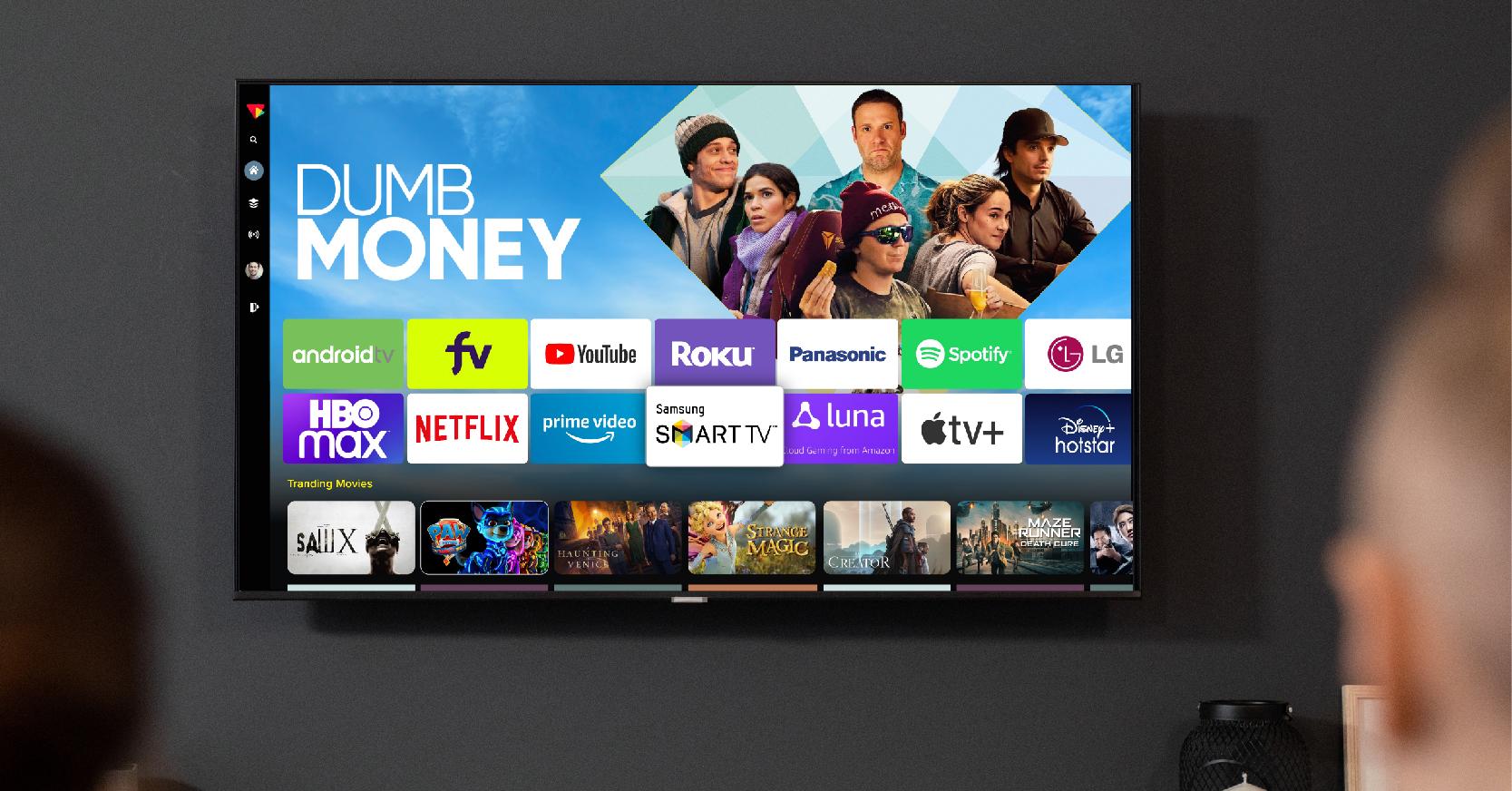7 Simple Techniques For Apollo Group Tv
7 Simple Techniques For Apollo Group Tv
Blog Article
Rumored Buzz on Apollo Group Tv
Table of ContentsA Biased View of Apollo Group TvMore About Apollo Group TvAn Unbiased View of Apollo Group TvApollo Group Tv - An Overview
In this situation, rather than having three-minute industrial places during a 30-minute television program, TV programming may change to one where a consumer will be needed to have a month-to-month membership, so that they cen sight targeted banner advertisements. This kind of advertising and marketing currently occurs on the net, and the quantity of information tv firms gather enables them to do similar.Describe the impact of sponsors on program web content. Describe the significant trends amongst the broadcasting and cable television networks. When tv was in its early stage, producers designed the brand-new tool on radio. Popular radio shows such as authorities drama Dragnet and western cowboy series Gunsmoke were adjusted for tv, and brand-new television programs were sponsored by solitary advertisers, simply as radio shows had actually been.
Today, the tv sector is even more intricate. Programs are sponsored by numerous marketers; programming is regulated by significant media corporations; and the 3 major networks no much longer dominate the airwaves yet rather share their visitors with numerous wire channels. Numerous elements represent these fads within the sector, including technical developments, government guidelines, and the production of brand-new networks.

Our Apollo Group Tv PDFs
Also public tv has come to be subject to the influence of advertising and marketing. Established in 1969, (PBS) established out of a record by the Carnegie Compensation on Educational Tv, which analyzed the duty of academic, noncommercial tv on culture. The record recommended that the government money public television in order to provide variety of shows during the network eraa service developed "not to offer products" yet to "enhance citizenship and civil service (McCauley, 2003)." Public television was also intended to give global accessibility to television for customers in rural areas or viewers who can not afford to pay for exclusive tv solutions.
The period between 1950 and 1970 is traditionally acknowledged as the. Apart from a tiny part of airtime controlled by public tv, the 3 significant networks (known as the Big 3) controlled the tv industry, jointly making up more than 95 percent of prime-time viewing. In 1986, Rupert Murdoch, the head of multinational firm Information Corp, introduced the Fox network, testing the dominance of the Big Three.
Targeting young and minority target markets with programs such as Buffy the Vampire Killer, Moesha, Dawson's Creek, and The Wayans Bros., the brand-new networks hoped to attract terminals far from their old network associations. Rather than repeating the success of Fox, UPN and WB struggled to make an impact. Not able to draw in several affiliate stations, the two recently established networks got to fewer homes than their bigger rivals since they were unobtainable in some smaller cities.
This choice led the means for the development of cord flick channels, contributing to the exponential development of cord in the 1980s and 1990s. apollo tv group. More deregulation of cable in the 1984 Wire Communications Policy Act removed restrictions on cable rates, allowing operators to charge what they wanted for cable solutions as long as there was reliable competitors to the service (a standard that over 90 percent of all cable television markets might satisfy)
The Best Guide To Apollo Group Tv

Having produced the initial "superstation," Turner increased his realm by founding 24-hour information network CNN in 1980. At the end of the year, 28 national shows solutions were offered, and the cable television revolution had actually begun. Over the next decade, the sector underwent a duration of fast development and appeal, and by 1994 audiences might select from 94 fundamental and 20 premium cable television services.
Figure 9 - https://www.anyflip.com/homepage/pgmsn#About.16 Boosted competition from wire channels has actually created a stable decline in the networks' target market ratings. Throughout the 1950s, the price of producing a solitary television program enhanced as programs became longer and production costs soared. Sponsorship on network tv shifted from single sponsorship, in which a program was entirely supported and produced by one advertiser, to multiple sponsorship, in which marketers acquired 1- or 2-minute places on the show
Each reaction must be a minimum of one paragraph. Pick one of the Big 4 networks and print out its once a week shows routine. View the network's prime-time programs over the program of a week, keeping in mind the target group for each program. Observe the marketing sponsors that sustain each program and compare how the product or services fit with the designated audience.
Top Guidelines Of Apollo Group Tv

Direct television, typically described anonymous as conventional broadcast TV, encompasses cable television and satellite television. It's called "straight" since material complies with an established programs timetable, unlike on-demand content which the private audience chooses to watch based upon their very own preferences and timetable. When you ask, "What is straight Television?", think about it as the traditional method of viewing TV that has actually been around for decades.
Report this page